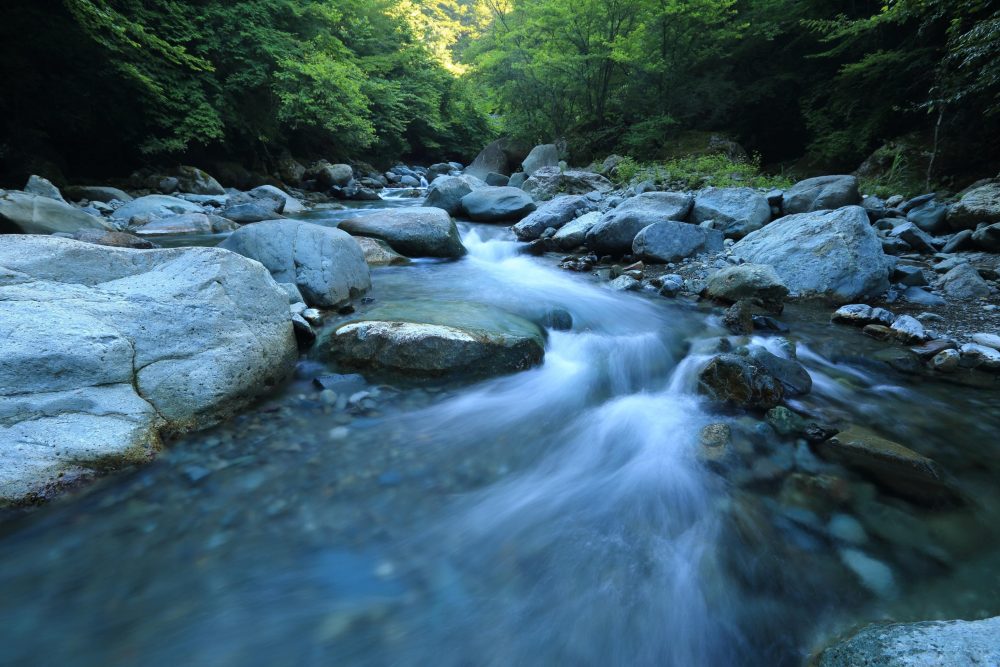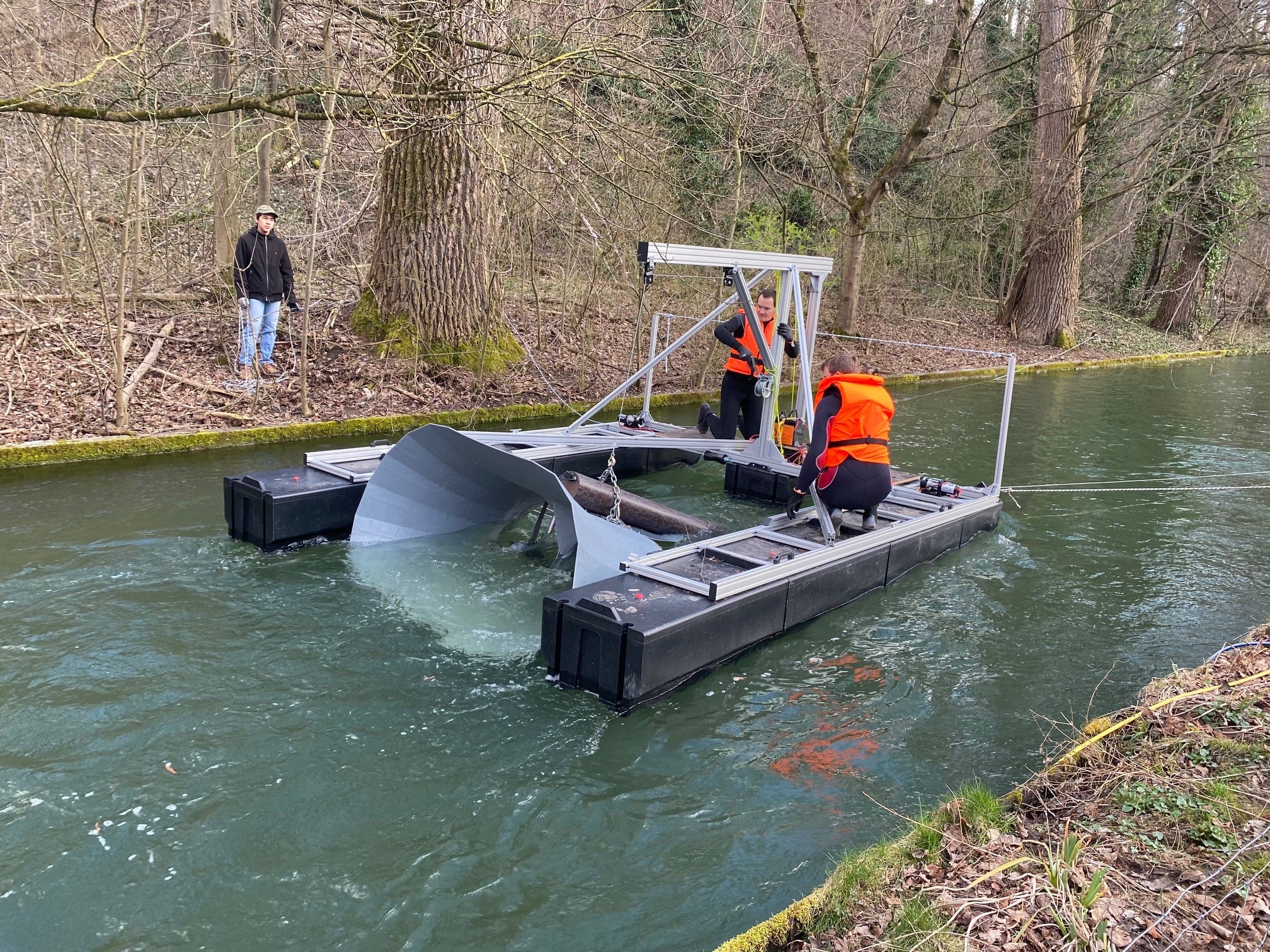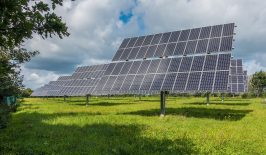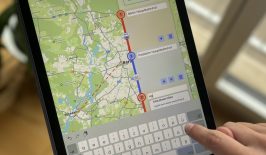Renewable energy systems such as wind power or photovoltaic systems are common alternatives to fossil-fuelled energy generation. However, there are often conflicts regarding their impact on nature or their visibility in the landscape. In addition, these systems are dependent on the prevailing weather conditions with wind or sunshine. Hydropower is a comparatively stable source of renewable energy, but often also has a major impact on the river landscape. Enter: Energyfish.
The micro-hydropower plant from Energyminer is an innovative system for climate-friendly energy generation. This utilises the kinetic power of water. The efficient device, measuring 3x 2.4x 1 metre, can be used in a swarm to independently power entire communities.
How does the micro-hydroelectric power station work?
The micro hydropower plant can be installed in rivers with a minimum depth of one metre and a minimum flow speed of one metre per second. The floating Energyfish is almost completely submerged in the water and is therefore barely visible. It operates silently and has been designed so that it poses no danger to fish.
The 80-kilogram device with turbine system has an average output of 1.8 kilowatts and a maximum output of 6 kilowatts. This means that one Energyfish can produce around 15 megawatt hours of electricity per year. By using numerous Energyfish devices in a swarm, the output can be increased as required and adapted to demand. For example, an Energyfish swarm of 100 devices can supply up to 470 households.
The continuously produced electricity is fed into the local low-voltage grid once it has been generated and is directly available to the community. During development, the engineers also took care to make the device low-maintenance and particularly robust. According to the company, it can be used for between ten and twenty years.
“Every Energyfish is monitored around the clock by an intelligently networked system. In the event of irregularities, the service team is informed immediately via the specially developed app and can respond immediately,” explains Natalie Rojko, Head of Marketing at Energyminer.
The power of Energyfish shoals
Energyminer’s hydrokinetic concept not only aims to provide a baseload-capable — i.e. independent and continuous energy production — solution in the field of renewable energies, but also aims to minimise the impact on the river biotope.
An initial pilot project in Munich gives hope that the huge potential of hydropower can be utilised easily and flexibly in numerous locations. Perhaps the sight of schools of Energyfish in riverbeds will become the norm in future. This would be a further step towards a successful energy transition.









